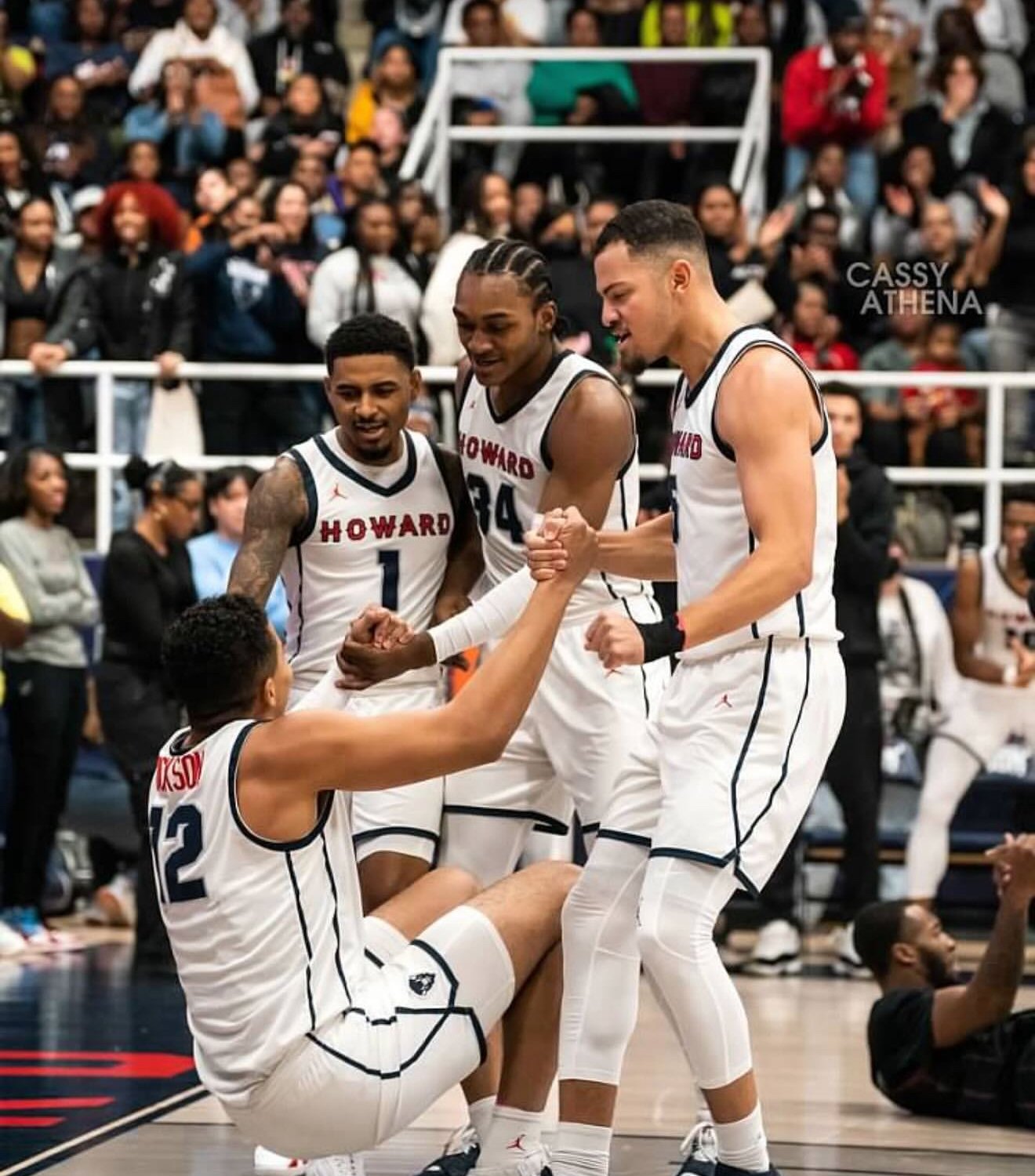Good morning, and thanks for spending part of your day with Extra Points.
I'm still here in wonderful, sunny Atlanta for the NASSM Conference, where professors of sports management and related disciplines from all over the world gather together to share research, catch up with each other, and complain about their deans.
This is an exceptionally Extra Points kind of event. Basically, I just wander from one hotel conference room to another, asking strangers, "so, what are you researching?" and then plunging into an entirely new rabbit hole world that I didn't realize I'd be interested in. And generally, folks are actually really excited to talk to me, because I think I'm the only reporter here, and I suspect there aren't many that typically wander into these conferences and start asking "so who here has the latest dope on historical stadium financing options???"
I've still got two days left of the conference before I head back to Chicago, and I hope to share more about what I've heard when I get back.
But one of the papers that I did have a chance to hear about was titled "Narrative: The History of NCAA Athletics Scholarship Limits", From Dr.Barbara Osborne, Dr.Erianne Weight, and Dr.Kate Kantor at UNC, and Dr.Molly Harry at UVA. Dr.Osborne was kind enough to discuss the paper with me later that afternoon after their team had presented it to other scholars.
The four academics poured through NCAA archival material, manuals, and other historical documents to better understand the arguments presented by administrators for why various scholarship limits were implemented across multiple sports.
In the very beginning of college sports, the only real limitations on roster sizes were logistical...if you wanted to have 200 men on your football team, well, nobody at the NCAA was going to stop you. While guidelines were created in the mid-1950s, their research team found that no hard and fast limits were implemented until 1973, when the NCAA also established the one-year scholarship rule.
Why did NCAA and school leaders push for those changes? Part of the reason, per the research team, was a concern over rising costs across multiple sports. The other was a concern over roster stockpiling. Students of college football history probably remember allegations of certain programs taking 40, 50 recruits in a cycle, not because they thought they could actually play all of those kids, but simply so conference rivals wouldn't have them. Then the coaches would simply "run them off", or "process" them later on.
Reexamining these justifications feels particularly germane now, as the NCAA Transformation Committee could very well dramatically roll back scholarship limits on Olympic sports, theoretically allowing rich schools to say, offer scholarships to the entire softball team, instead of just a handful of partial scholarships.
I talked to Dr.Osborne after her presentation, and she told me she wasn't sure removing scholarship limits entirely would be good for college athletics as a whole, as it could potentially open programs up to the same roster stockpiling issues that existed in the 1950s. In the transfer portal era, it might even be easier for coaches to "process" athletes, even if that wasn't the original intent of the legislation.
Instead, she suggested schools ditch the headcount model for football and basketball, and bring those sports back to the equivalency sport model, with initial counter limitations. She also suggested that scholarship minimums for all sports should be raised to "at least the number of unique positions on a roster", while also considering if a sport was a contact sport, and various injury rates.
I'm not automatically sure if that's the best idea, but I do think that her presentation argued pretty persuasively that women's sports were especially handcuffed by scholarship limits, compared to football and men's basketball. However the final numbers get drawn up, surely member schools could find a more equitable solution than they have now.
But that wasn't the only presentation I heard!
In this episode of Going For Two, I catch Bryan up on the other papers I learned about while I've been here, who I'm going to try and shake down next, and sure, a little bit about the WAC's innovative proposal to improve basketball scheduling...and maybe for everybody in all sports.
Going For Two is the free podcast of Extra Points, which drops every Wednesday and Friday. You can find it via Apple Podcasts, Spotify, and wherever else you get your podcasts. If you enjoy the show, please consider leaving us a nice review, or perhaps letting your internet friends know about it.
You can also find the videos of our previous podcasts right here.
I'll be back in Chicago on Monday. Thanks for reading and listening everybody. And hey, if you want to get the full Extra Points experience, complete with all five newsletters a week AND some free stickers, consider a paid subscription today!
This edition of Extra Points is brought to you in part by Rethinking Fandom:

Sports fandom isn’t what it used to be. Owners and executives increasingly count on the blind loyalty of their fans and too often act against the team’s best interest. In Rethinking Fandom, sportswriter (and lifelong sports fan) Craig Calcaterra argues that fans have more power than they realize to change how their teams behave. With his characteristic wit and piercing commentary, Calcaterra calls for a radical reexamination of what it means to be a fan.
This newsletter is also brought to you in part by Lustre:

Lustre is a free, award-winning product search engine that helps savvy shoppers find the best products and prices effortlessly. It automatically compares products, prices, and gathers trustworthy reviews in one place – making it easy for shoppers to get the best value for their money.
Today, over 365,000 shoppers trust Lustre to help them decide what to buy. With our browser extension, anyone in the US can access Lustre right on Amazon and Google.
Try it today, for free!
(Extra Points is paid a small commission for each extension download)
To sponsor a future Extra Points newsletter, please email [email protected]. For article ideas, newsletter feedback, FOIA tips, athlete NIL sponsorships and more, I'm at [email protected], or @MattBrownEP on Twitter, and @ExtraPointsMB on Instagram.


















